Earlier this month, Climate Visuals and Saffron O’Neill, Associate Professor in Geography at Exeter University, organised the ‘Visualising Climate Change 2020 Hackathon’ to critically update and expand the evidence base for how to effectively communicate climate change through imagery.
Together we convened a dozen academics specialising in climate change imagery as well as industry professionals from both Getty Images and the World Press Photo Foundation. Members of the Climate Visuals team included Toby Smith, Adam Corner and Joel Silver.
The starting point of this proactive Hackathon was the 7 Climate Visuals principles which in practice are fused collaboratively by the Climate Visuals team with observations and critiques of newsroom and image sourcing processes. The Hackathon brought together the latest insights of the room, promoted critical dialogue and identified gaps in knowledge requiring new research. It also reflected on the rapidly widening and intensifying coverage of climate change throughout 2019.
The immediate results of this Hackathon include a sense of community and reinforced connections among practitioners and academics within what is a niche and specialist area. The informal notes, documents, references and discussions were collated live and will be edited into an accessible report to be co-authored and published by Climate Visuals and Saffron O’Neill in the next few months.
The 7 Climate Visuals principles published in 2016 were critically tested and scrutinised but reassuringly, came away unscathed as an accessible and robust guide to editing and commissioning Climate imagery for 2020. It was gratifying to learn that everyone attending left with an accelerated understanding of the state of climate imagery and a sense of purpose for the challenge ahead.
Both Saffron O’Neill and the Climate Visuals team would like to thank everyone who attended and those on our guest list who, although unable to attend, have already kindly offered to help review the draft report before publication. We would also like to thank the ESRC (Economic Social Research Council) for their funding as part of an Impact Acceleration Grant.
Dr. Adam Corner, Research Director, Climate Visuals
Dr. Antal Wozniak, Communication and Media, University of Liverpool
Prof. Birgit Schneider, University of Applied Sciences in Potsdam
Prof. Brigitte Nerlich, Sociology and Social Policy, University of Nottingham
David Campbell, Director of Programs and Outreach, World Press Photo Foundation
Dorothea Born, Science and Technology Studies, University of Vienna
Prof. Ed Hawkins, Public Engagement, University of Reading
Esther Greussing, Communication and Media Studies, Technische Universität Braunschweig
Fiona Shields, Head of Photography, The Guardian
Associate Prof. Hywel Williams, Computer Science, University of Exeter
James Painter, Reuters Institute / Politics and International Relations, University of Oxford
Joel Silver, Partnerships Manager, Climate Visuals
Dr. Jordan Harold, Psychology, University of East Anglia
Dr. Kate Manzo, International Development, University of Newcastle
Kirstin Kidd, Picture Editor, The Economist
Laurie Goering, Climate Change and Development, Thomson Reuters Foundation
Dr. Martin Mahoney, Environmental Studies, University of East Anglia
Niall McLoughlin, Psychology, Bath University
Paul Heinicker, Interaction Design Lab, University of Applied Sciences in Potsdam
Dr. Rebecca Swift, Head of Creative Insights, Getty Images
Associate Prof. Saffron O’Neill, Geography, University of Exeter
Sylvia Hayes, Geography, Exeter University
Toby Smith, Programme Lead, Climate Visuals
Dr. Travis Coan, Politics, University of Exeter
Dr. Warren Pearce, Sociological Studies, University of Sheffield




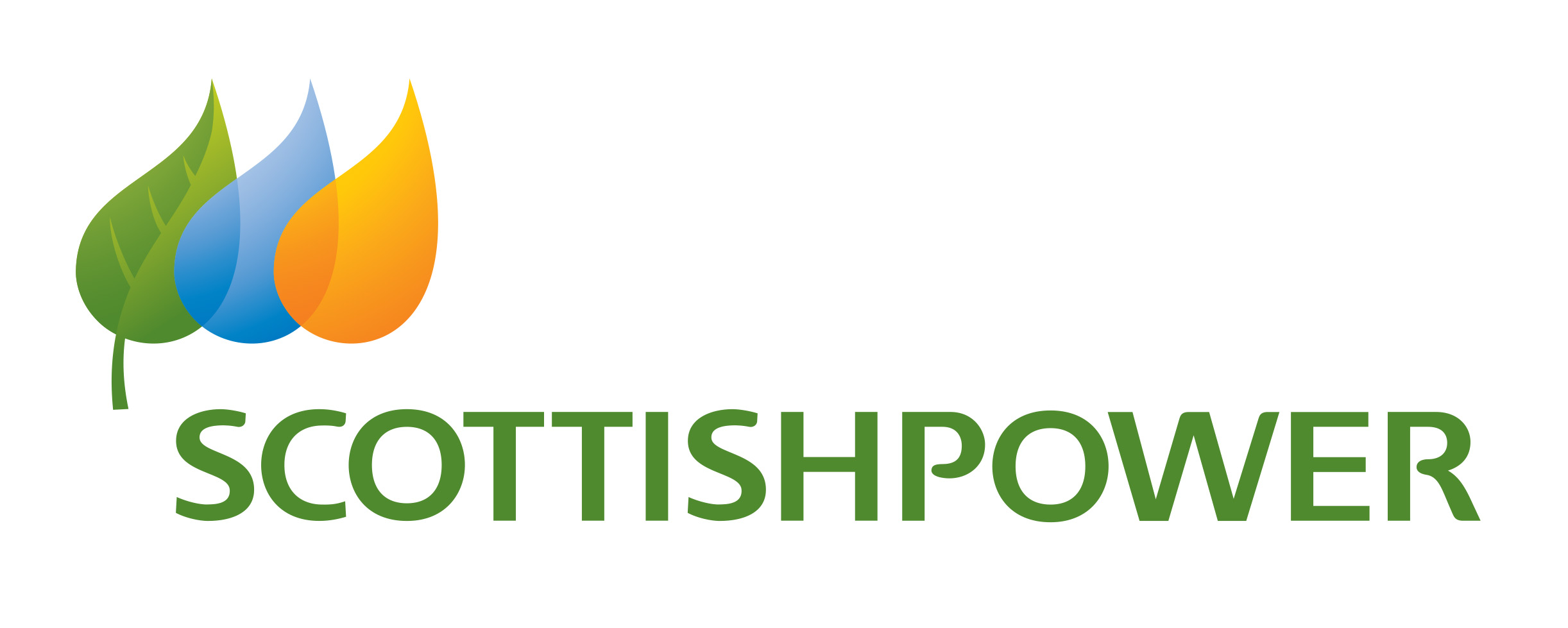




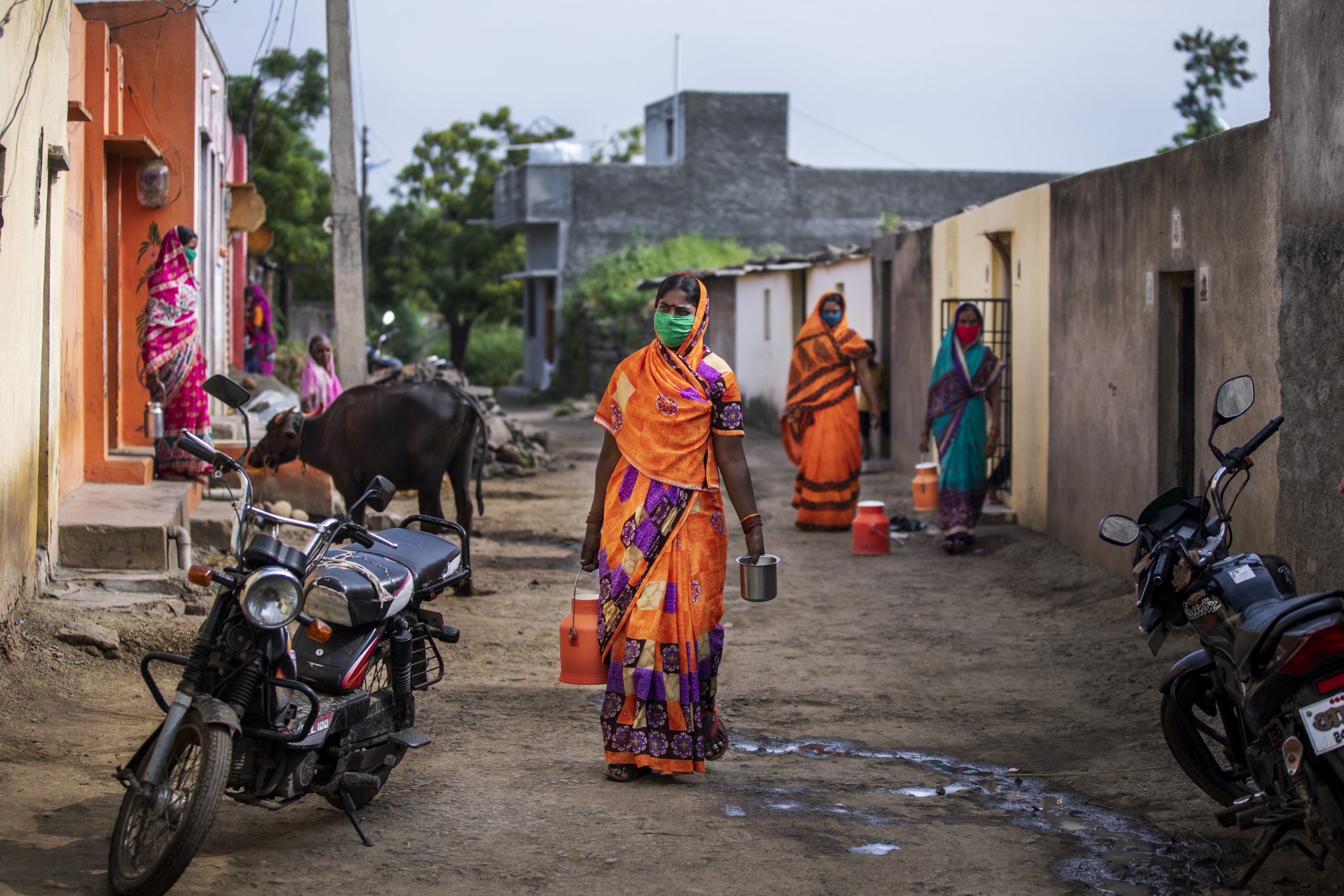


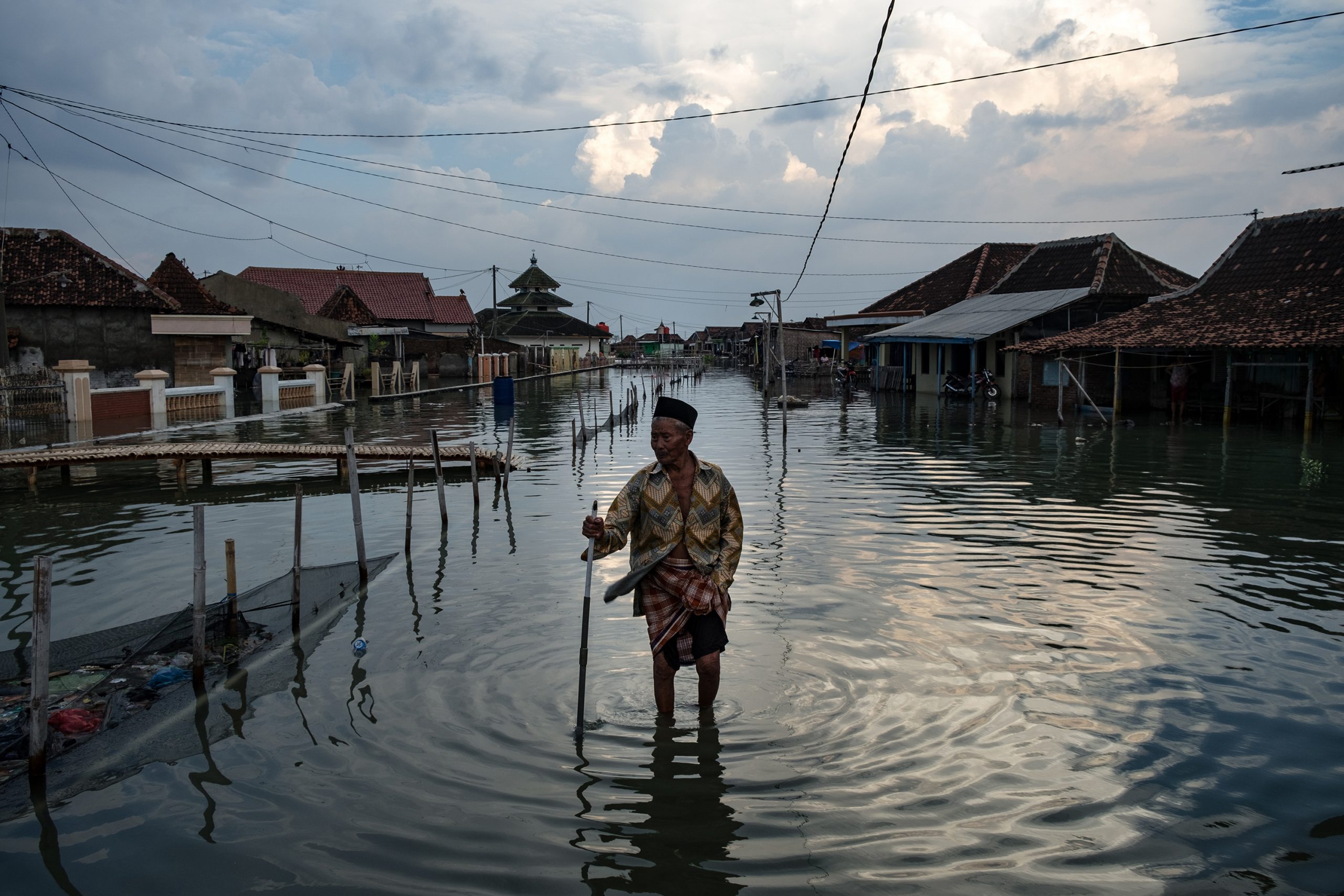

 Sewage surfer was a finalist in the 2017 Wildlife Photojournalism category.
Sewage surfer was a finalist in the 2017 Wildlife Photojournalism category. Palm-oil survivors won the 2017 Wildlife Photojournalism category.
Palm-oil survivors won the 2017 Wildlife Photojournalism category.
 Isadora’s project project explores the human presence on the white continent, bringing out the absurdities & contradictions of the human species.
Isadora’s project project explores the human presence on the white continent, bringing out the absurdities & contradictions of the human species.
 Family in Demak Regency, Indonesia, in their flooded home
Family in Demak Regency, Indonesia, in their flooded home
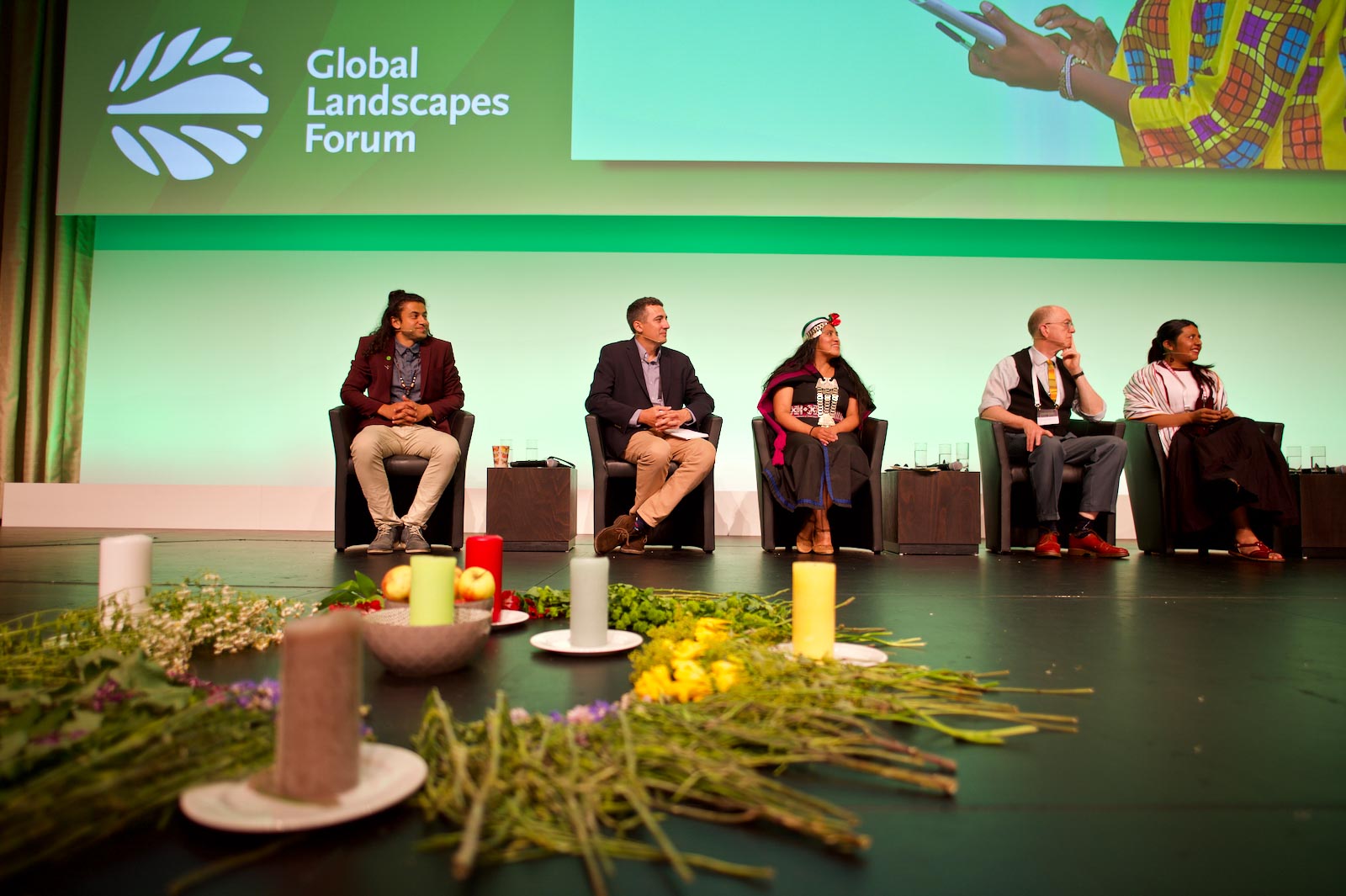
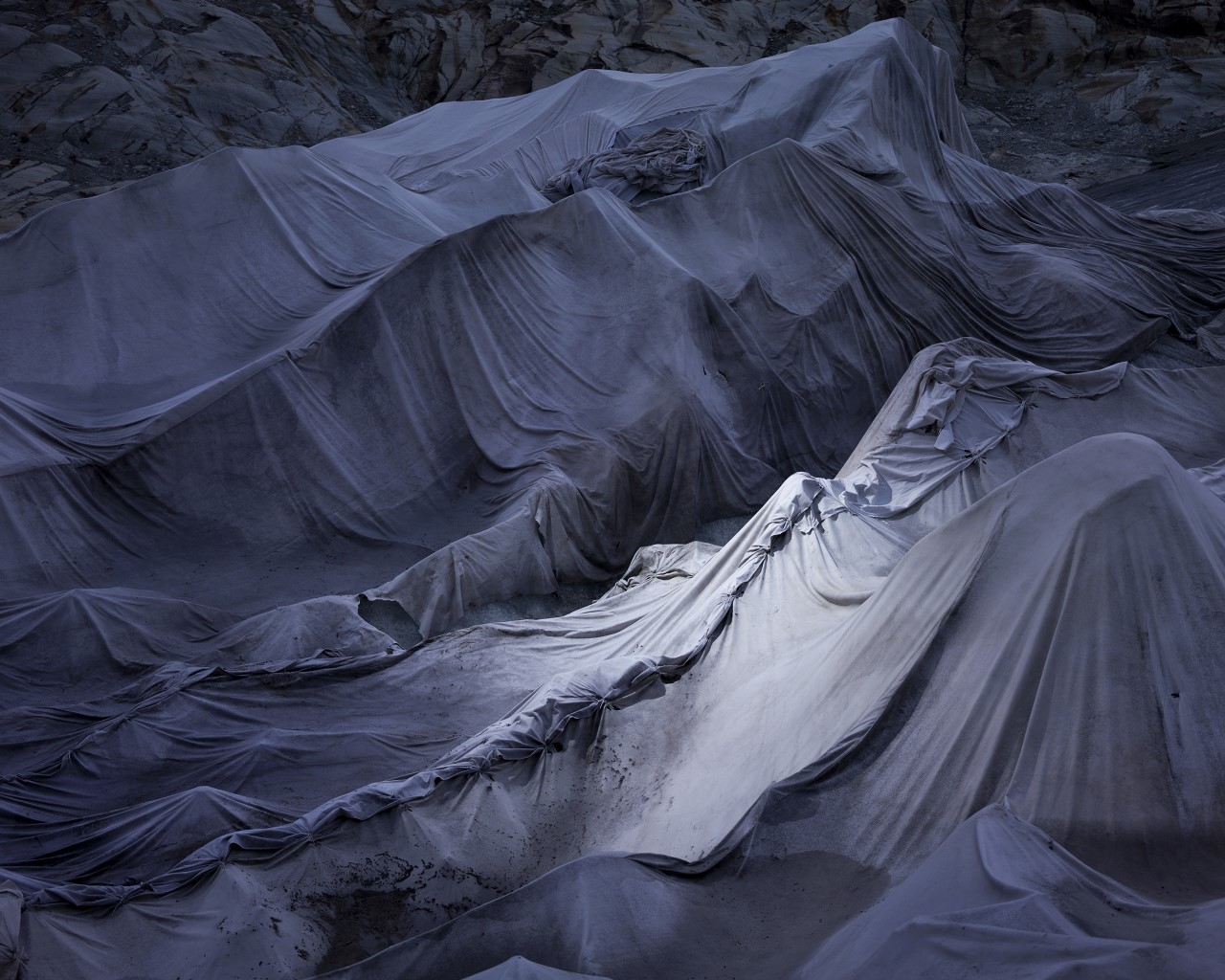
 Carbon Pigment Inkjet-Prints from 6 x 6 negatives, 2015. Triptych, 1/5. 112,5 x 337,5 cms. Exhibition view «Daniel Schwartz. Glacier Odyssey», 2018. Courtesy: Bündner Kunstmuseum, Chur, Switzerland, and Calle Services Management Ltd, Zurich.
Carbon Pigment Inkjet-Prints from 6 x 6 negatives, 2015. Triptych, 1/5. 112,5 x 337,5 cms. Exhibition view «Daniel Schwartz. Glacier Odyssey», 2018. Courtesy: Bündner Kunstmuseum, Chur, Switzerland, and Calle Services Management Ltd, Zurich. Photo credit: Simon Norfolk / Klaus Thymann. Shroud, 2018.
Photo credit: Simon Norfolk / Klaus Thymann. Shroud, 2018.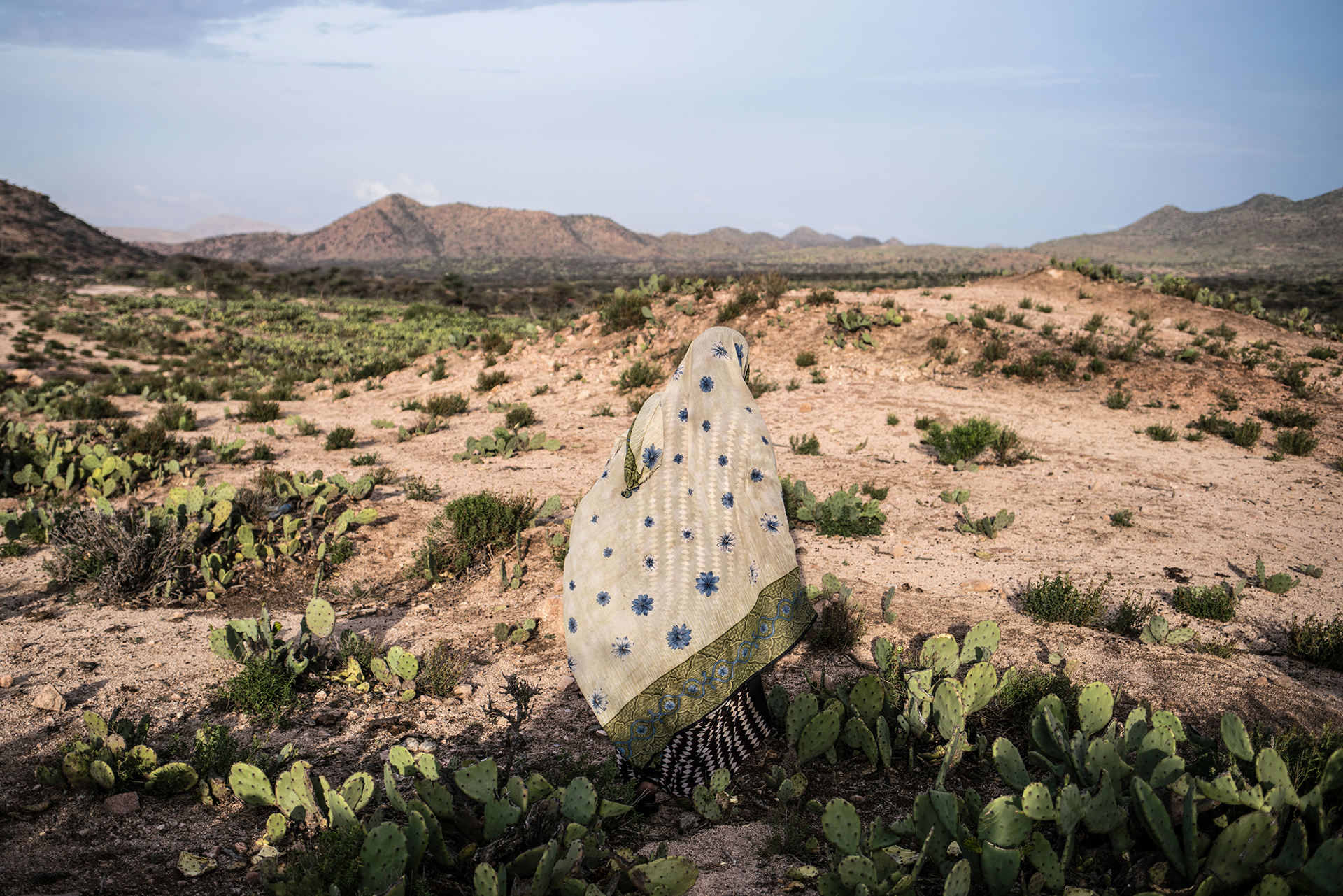
 A woman walks through a cactus field in a drought-stricken area of western Somaliland, a semi-autonomous region in the north of Somalia, on April 6, 2016.
A woman walks through a cactus field in a drought-stricken area of western Somaliland, a semi-autonomous region in the north of Somalia, on April 6, 2016.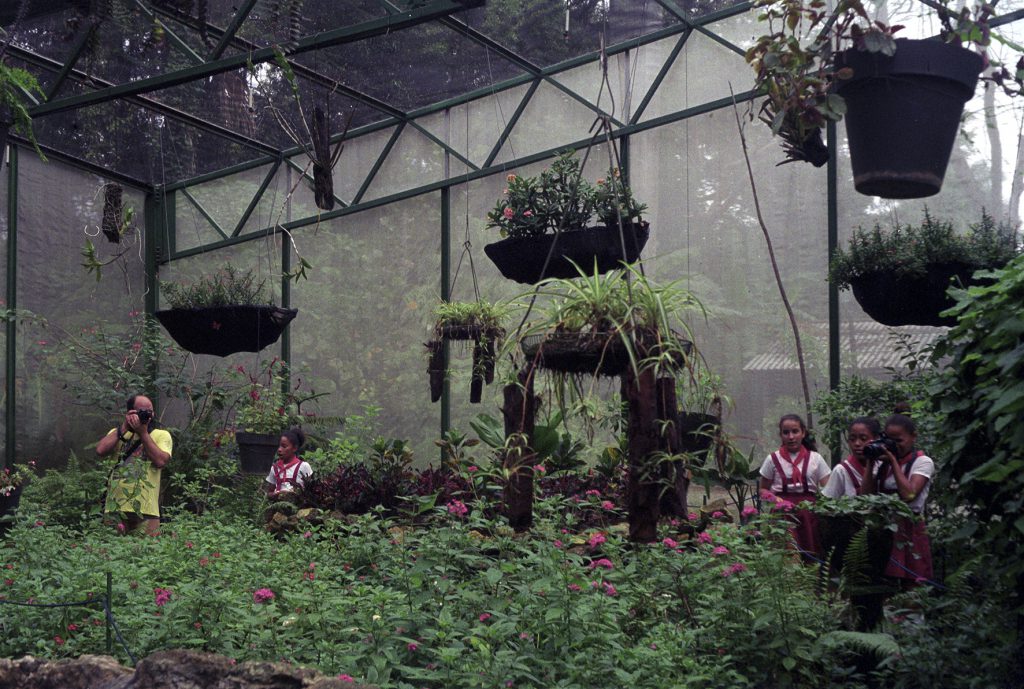


 Eric from Repowering sat next to the solar panels on top of the Bannister House estate. Repowering London – 2016 Ashden Award winners.
Eric from Repowering sat next to the solar panels on top of the Bannister House estate. Repowering London – 2016 Ashden Award winners. Barry Aliman, 24 years old, bicycles with her baby to fetch water for her family, Sorobouly village near Boromo, Burkina Faso.
Barry Aliman, 24 years old, bicycles with her baby to fetch water for her family, Sorobouly village near Boromo, Burkina Faso. Workers using new spinning wheels to make silk. Resham Sutra – 2019 Ashden Award winners.
Workers using new spinning wheels to make silk. Resham Sutra – 2019 Ashden Award winners.
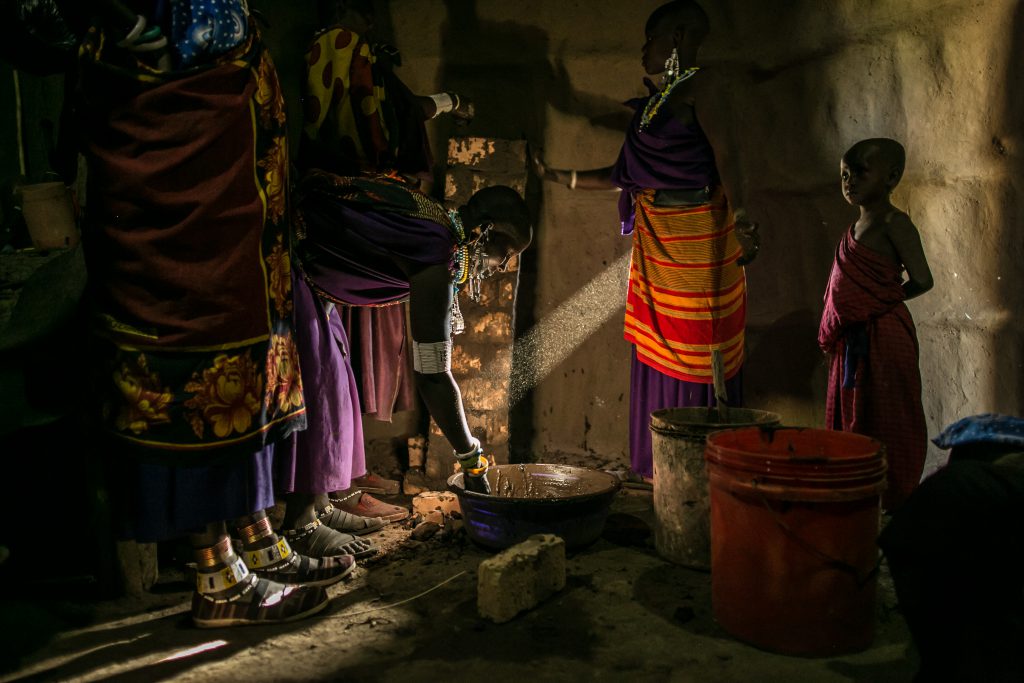 The solar power is providing water purification, refrigerator for food and medicines, a computer for the community, and lights to frighten away the hyenas.
The solar power is providing water purification, refrigerator for food and medicines, a computer for the community, and lights to frighten away the hyenas.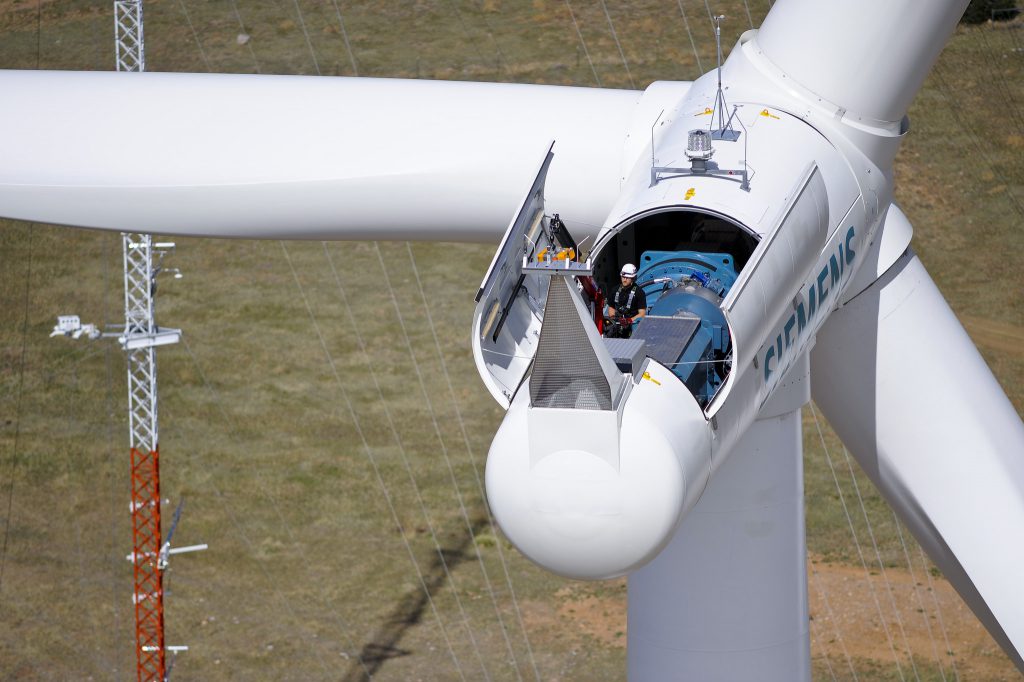 A technician makes adjustments to a wind turbine at the National Wind Technology Center in Boulder, Colorado. Technological climate solutions can lack emotion but revealing boththe engineering scale, human endeavour and dramatic interactions between them willresonate with a broader audience.
A technician makes adjustments to a wind turbine at the National Wind Technology Center in Boulder, Colorado. Technological climate solutions can lack emotion but revealing boththe engineering scale, human endeavour and dramatic interactions between them willresonate with a broader audience.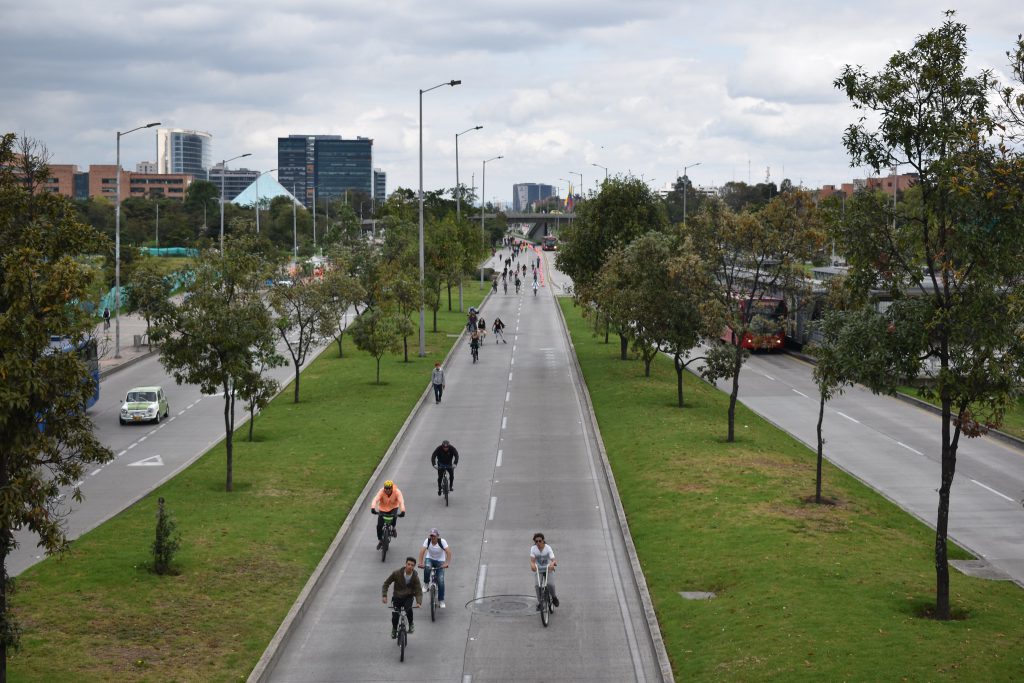 Every Sunday, in Bogota, main roads are closed to vehicles. Cycling is an obvious, aspirational solution with multiple climate and societal benefits but should be used to illustrate stories correctly and not over-used as a lazy metaphor for sustainability at large.
Every Sunday, in Bogota, main roads are closed to vehicles. Cycling is an obvious, aspirational solution with multiple climate and societal benefits but should be used to illustrate stories correctly and not over-used as a lazy metaphor for sustainability at large. Afghan technicians are finishing installation and testing of the solar array. Local voices and photographers intuned with the culture and values of their subjects will generate more intimate images with integrity whilst being able to access closer and stay longer with a story.
Afghan technicians are finishing installation and testing of the solar array. Local voices and photographers intuned with the culture and values of their subjects will generate more intimate images with integrity whilst being able to access closer and stay longer with a story. The GEF Blue Forest project`s aim was to improve understanding of the valuable ecosystem services that coastal blue carbon ecosystems provide. Restoring diverse types of habitat, as a climate solution, has a multitude of stages that depend on work and collaboration between scientists and land-owners,all of which provide multiple opportunities for photography beyond the cliche of planting itself.
The GEF Blue Forest project`s aim was to improve understanding of the valuable ecosystem services that coastal blue carbon ecosystems provide. Restoring diverse types of habitat, as a climate solution, has a multitude of stages that depend on work and collaboration between scientists and land-owners,all of which provide multiple opportunities for photography beyond the cliche of planting itself.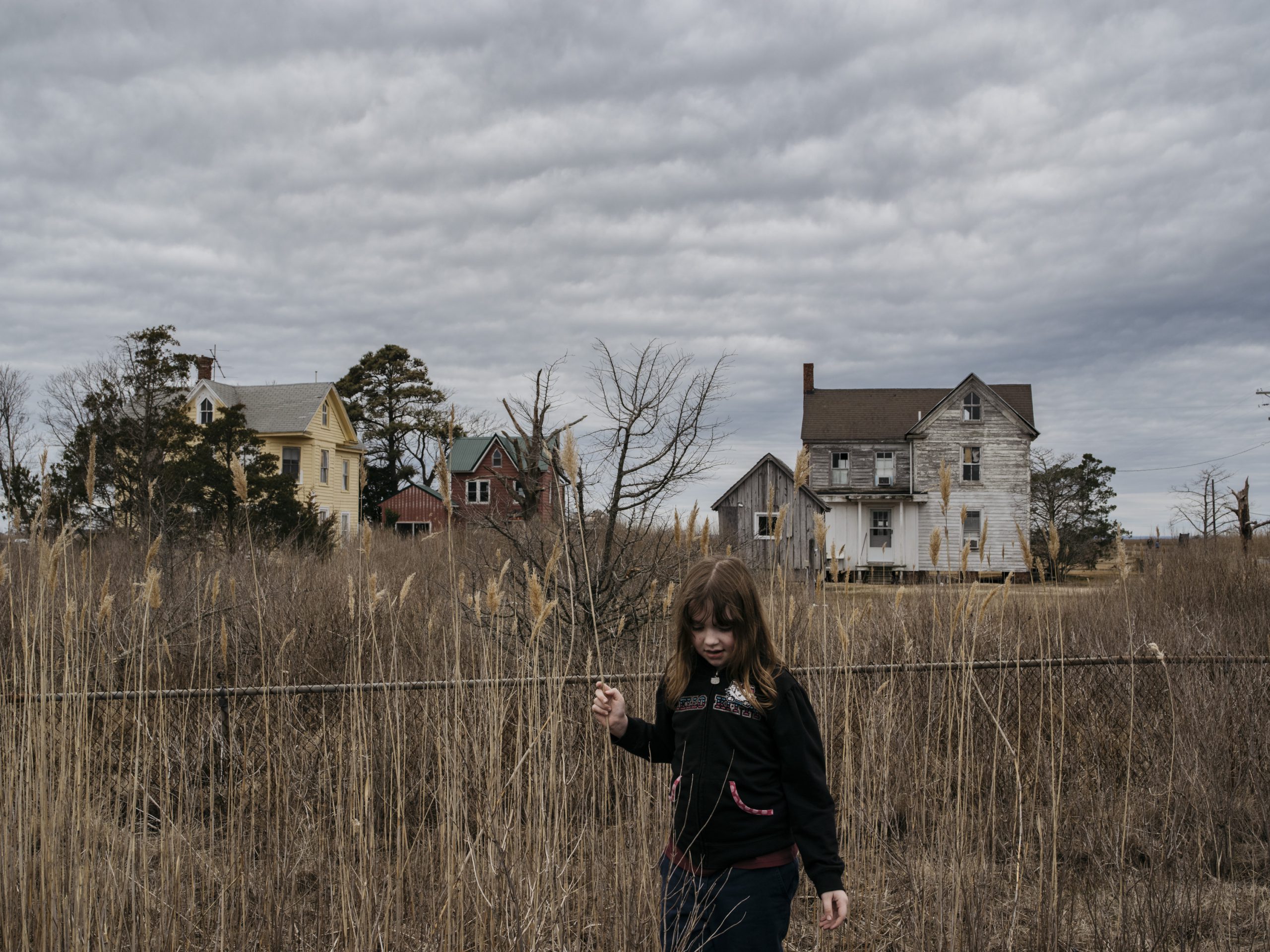
 Syakir (26) is watching TV inside his flooded home due to rising sea levels. Local villagers learn to survive even though their lives are threatened by rising sea levels.
Syakir (26) is watching TV inside his flooded home due to rising sea levels. Local villagers learn to survive even though their lives are threatened by rising sea levels. Don Wharton, of Crisfield takes a smoke break while shucking oysters at MeTompkin Seafood in Crisfield, Md. Wharton, who has been shucking oysters for 31 years, said he used to make about $210 per day, but now only earns $80 for putting in the same amount of work.
Don Wharton, of Crisfield takes a smoke break while shucking oysters at MeTompkin Seafood in Crisfield, Md. Wharton, who has been shucking oysters for 31 years, said he used to make about $210 per day, but now only earns $80 for putting in the same amount of work.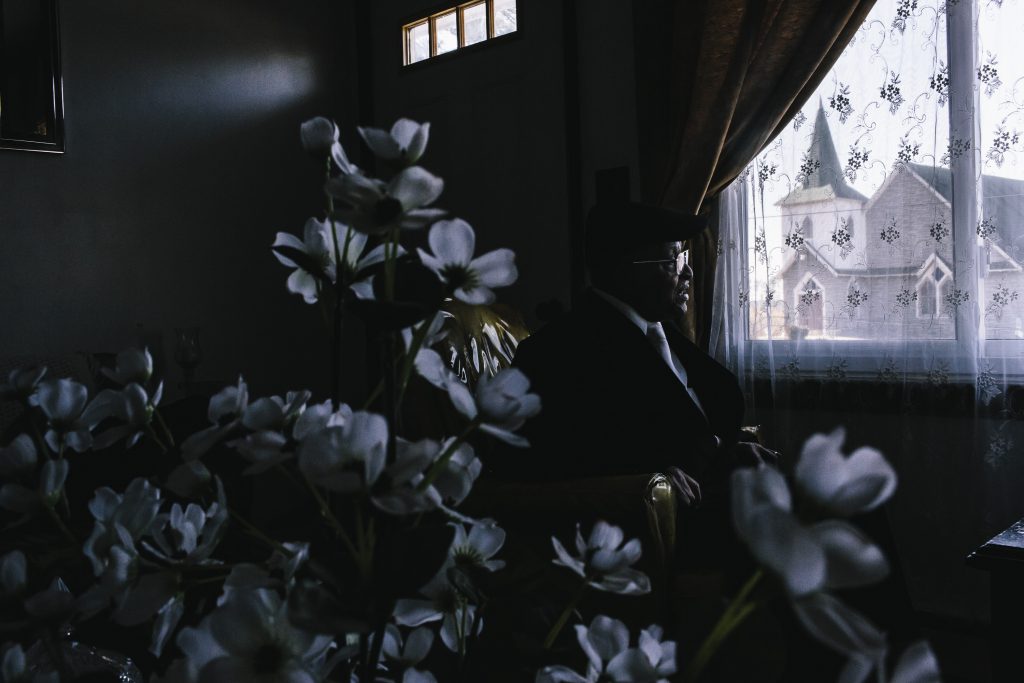 Luther Cornish, 84, sits in his living room across the street from New Revival Methodist Church in Madison, Md.The historic church is now threatened by sea level rise, and the older members aren’t sure it will survive much past their lifetime.
Luther Cornish, 84, sits in his living room across the street from New Revival Methodist Church in Madison, Md.The historic church is now threatened by sea level rise, and the older members aren’t sure it will survive much past their lifetime.
